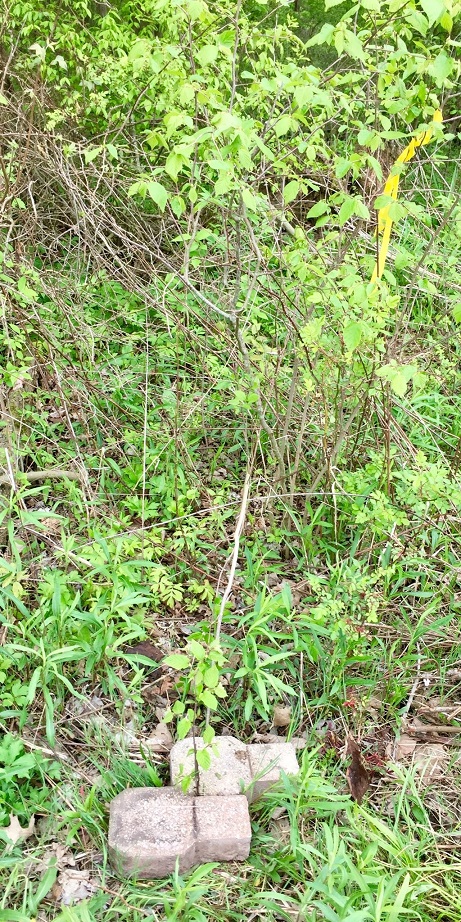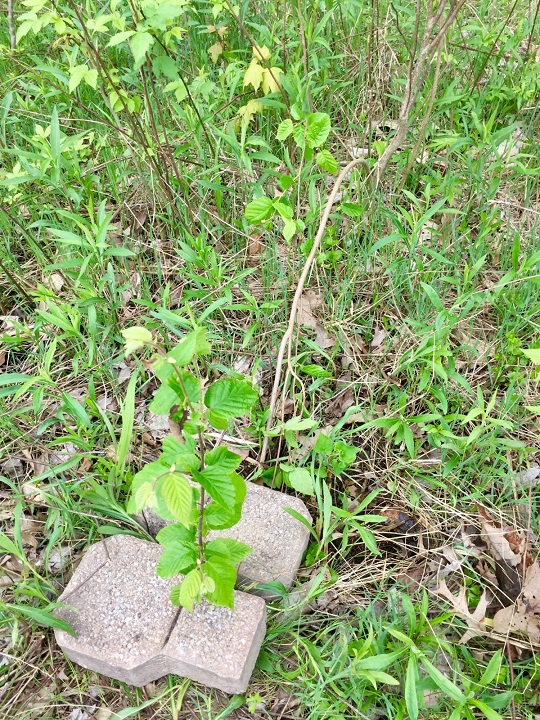Native Hunter
5 year old buck +
I wanted to share a step by step pictorial on how I clone hazelnuts. You might want to do this for a couple of reasons:
Pictures 1 and 2 - First select a long, slender sprout from near the base of the existing bush. With a straight shovel, make a deep slit in the ground out from the bush which the sprout will lay in but leave part of it sticking out of the slit. Make it about 5 inches deep.
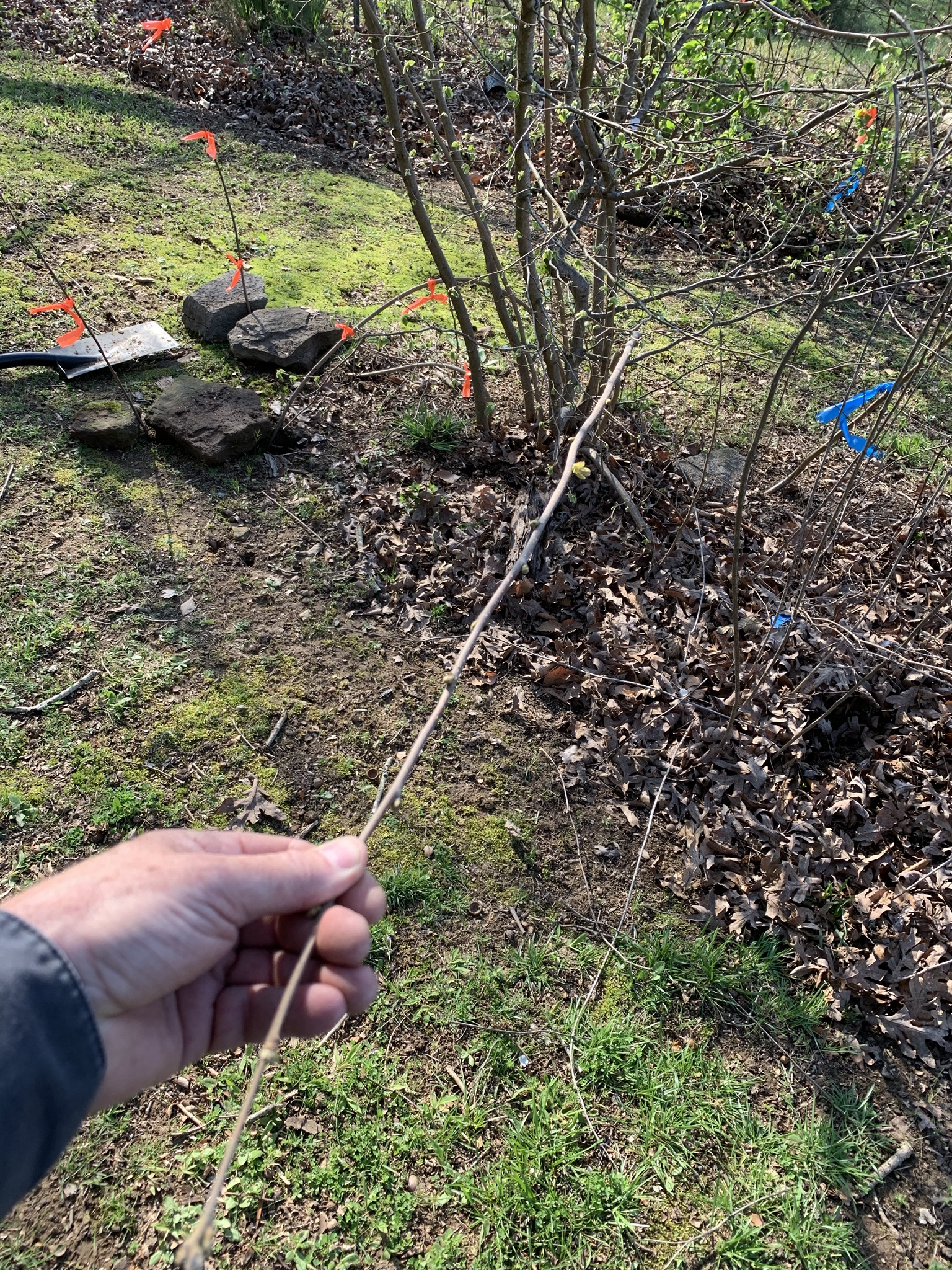
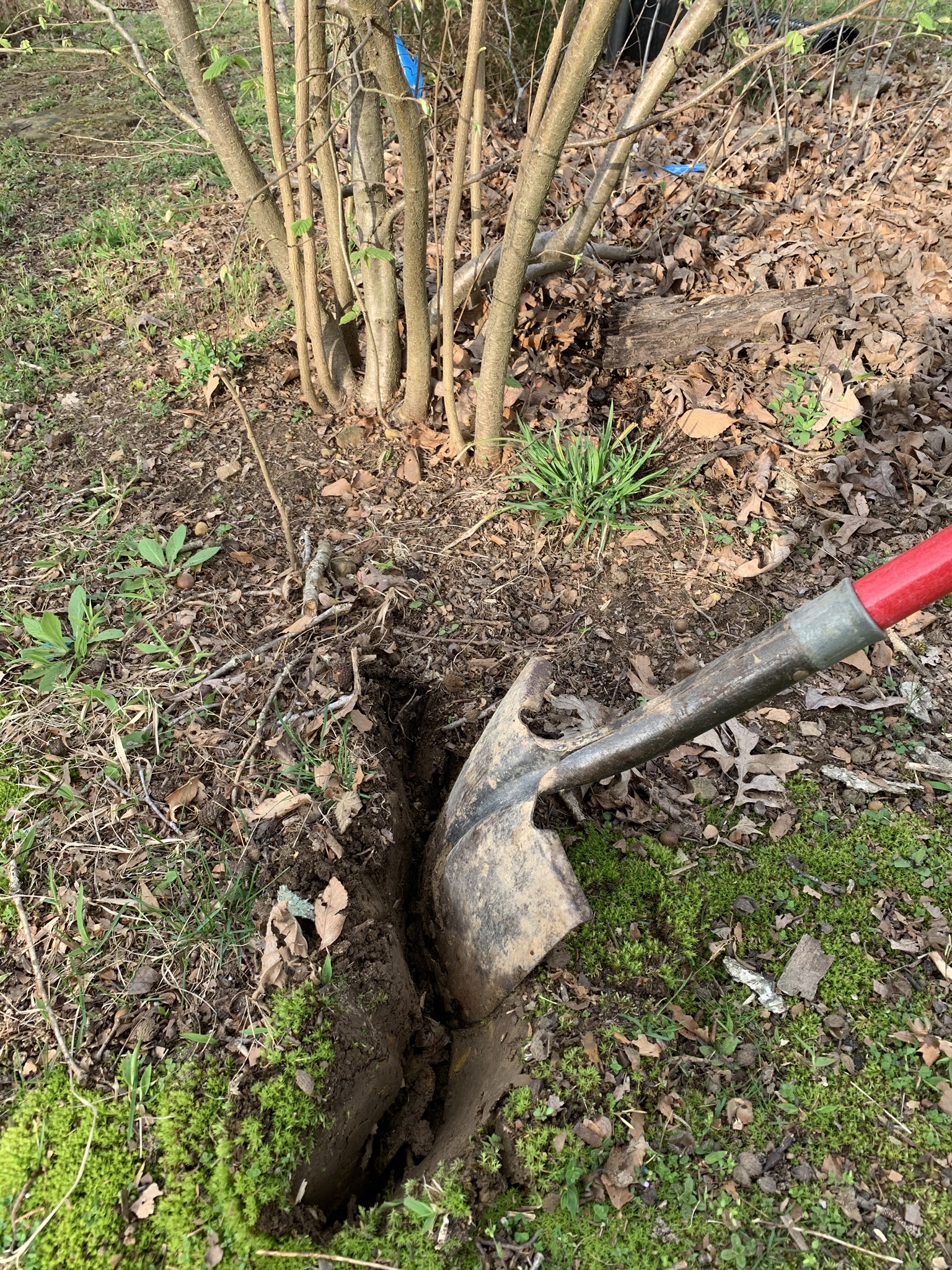
Picture 3, 4 and 5 - Bend the sprout down in the slit and cover it with dirt. Set a rock over it to hold it in place. Set another rock in front of it to force it to grow vertically.
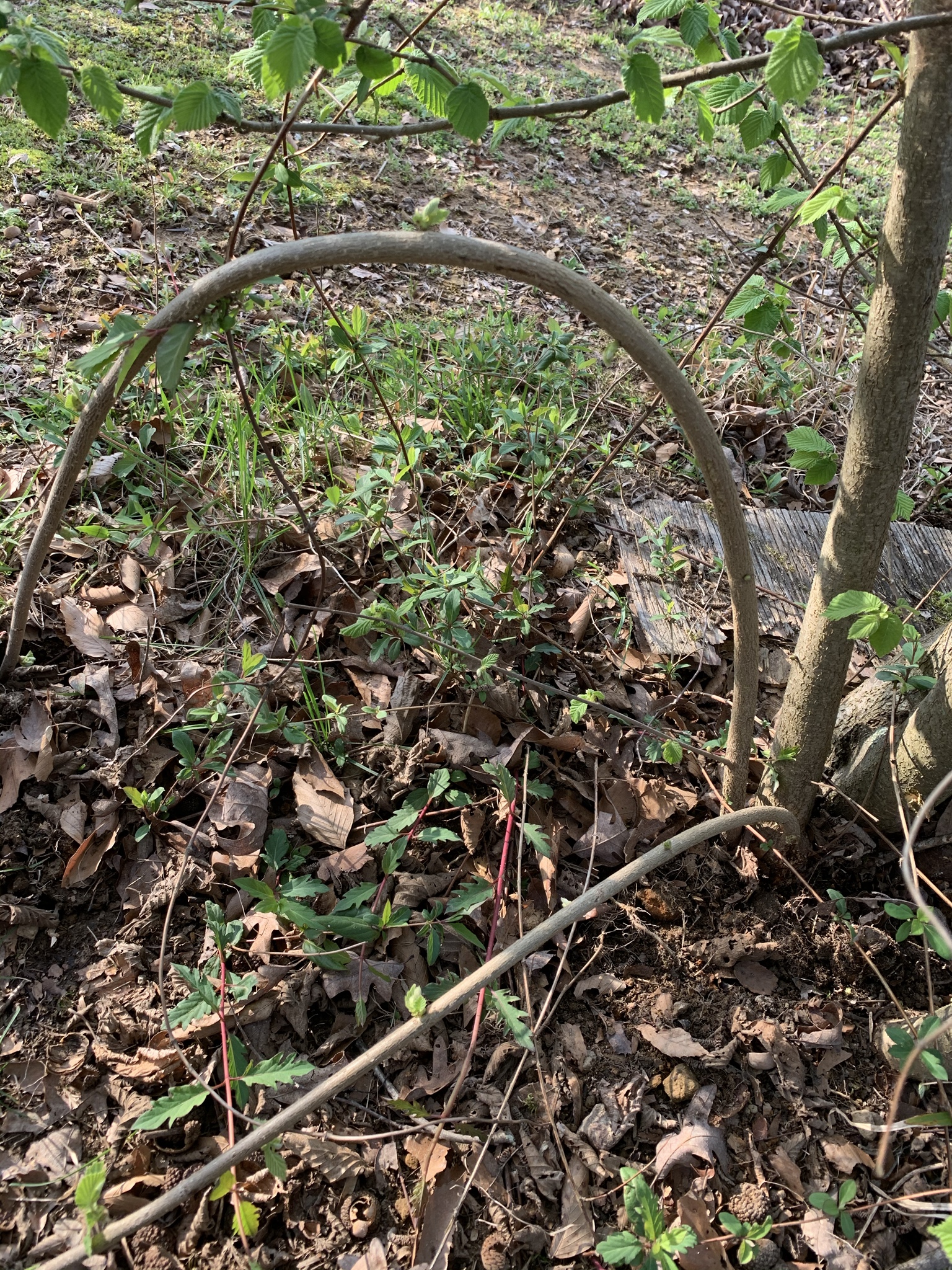
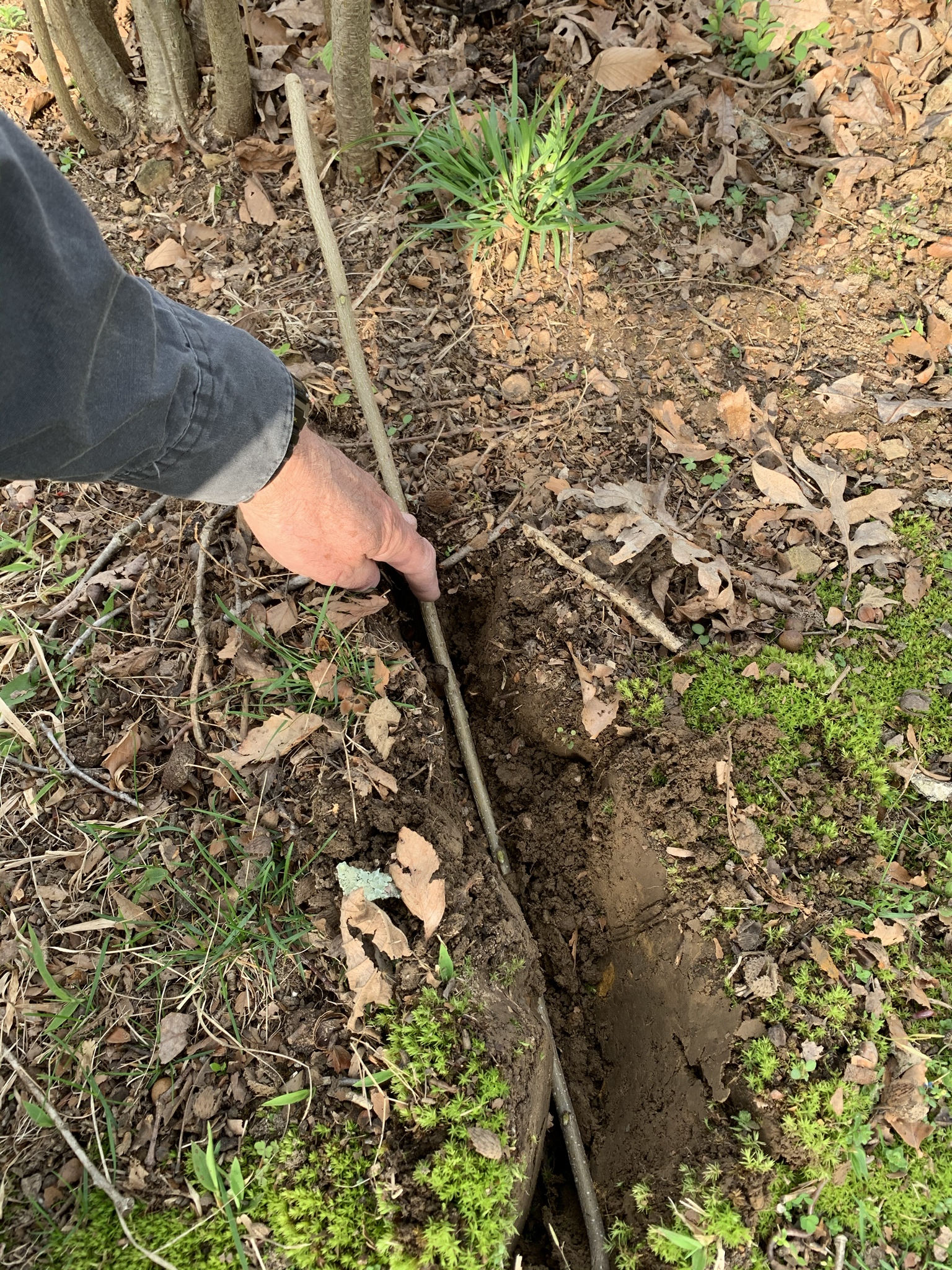

Picture 6 shows the finished job with multiple sprouts from the same bush:

I generally do this in the spring, but it could be done at other times. I leave them like this the entire year and the parts of the limbs in the ground starts forming roots. The next year in the spring, I will cut off the feeder limb from the tree and let the sprout survive on the roots it has created. You can also do this as a gradual process by cutting off only part of the feeder limb and then cutting the rest a few months later. I've done it successfully both ways. After the sprout is growing on its own roots, I let it grow another year and then dig it up and transplant it to the new location.
Picture 7 shows a transplanted sprout in a new place in the spring of 2020 that was transplanted in the spring of 2019.

Picture 8 shows a limb coming from the mother bush that has already been buried:

Picture 9 shows tagging. Yamhill is a very popular European Variety that was developed by Oregon State University. OSU is a leader in breeding new varieties and other important factors for the industry. Yamhill is just one of the varieties that I have going that are completely immune to Eastern Filbert Blight. Cloning is important, because seedlings from the mother trees may not be resistant. Planting several varieties for pollination is also important.
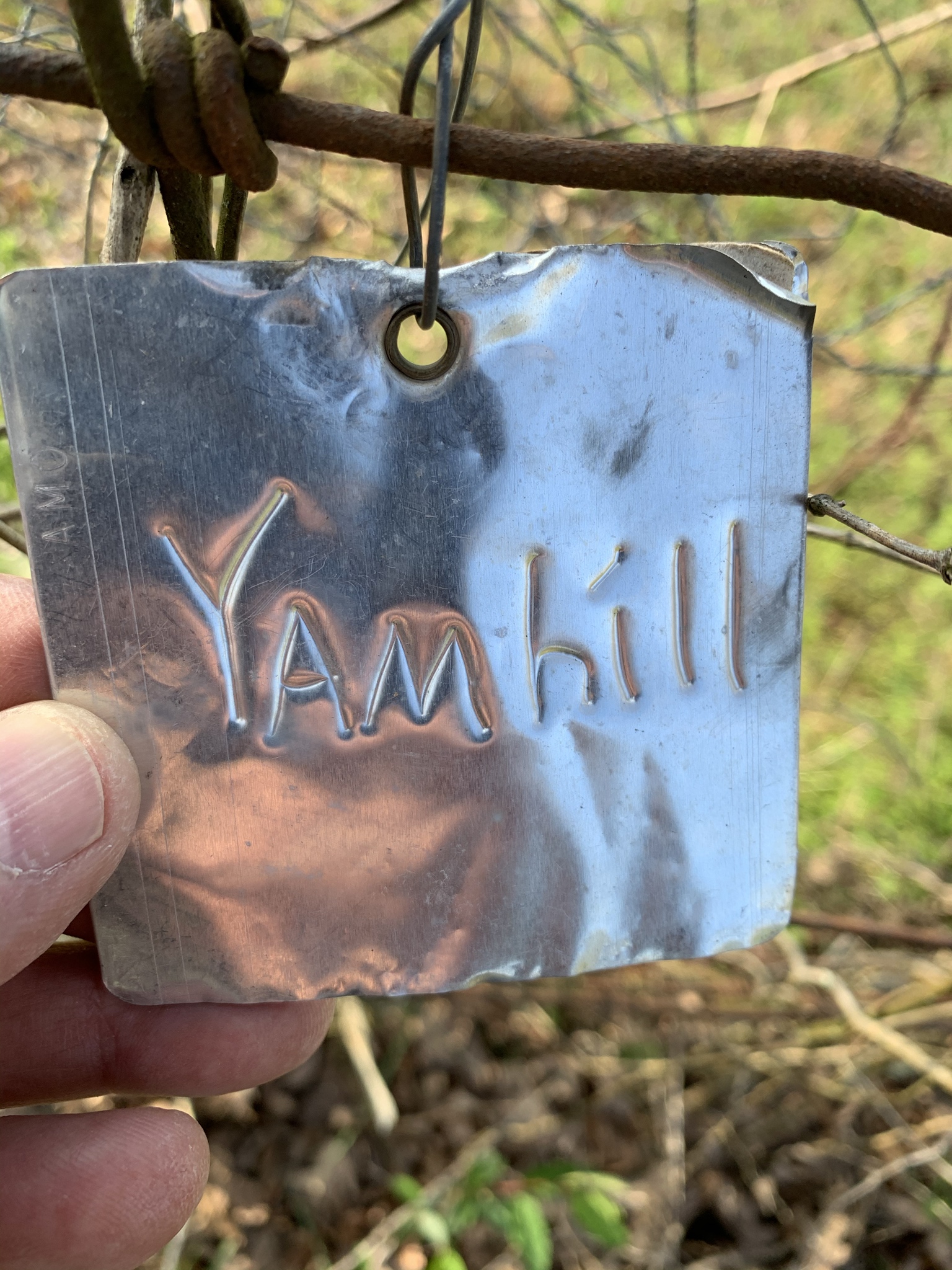
Picture 10 shows how a buried limb will eventually create roots:
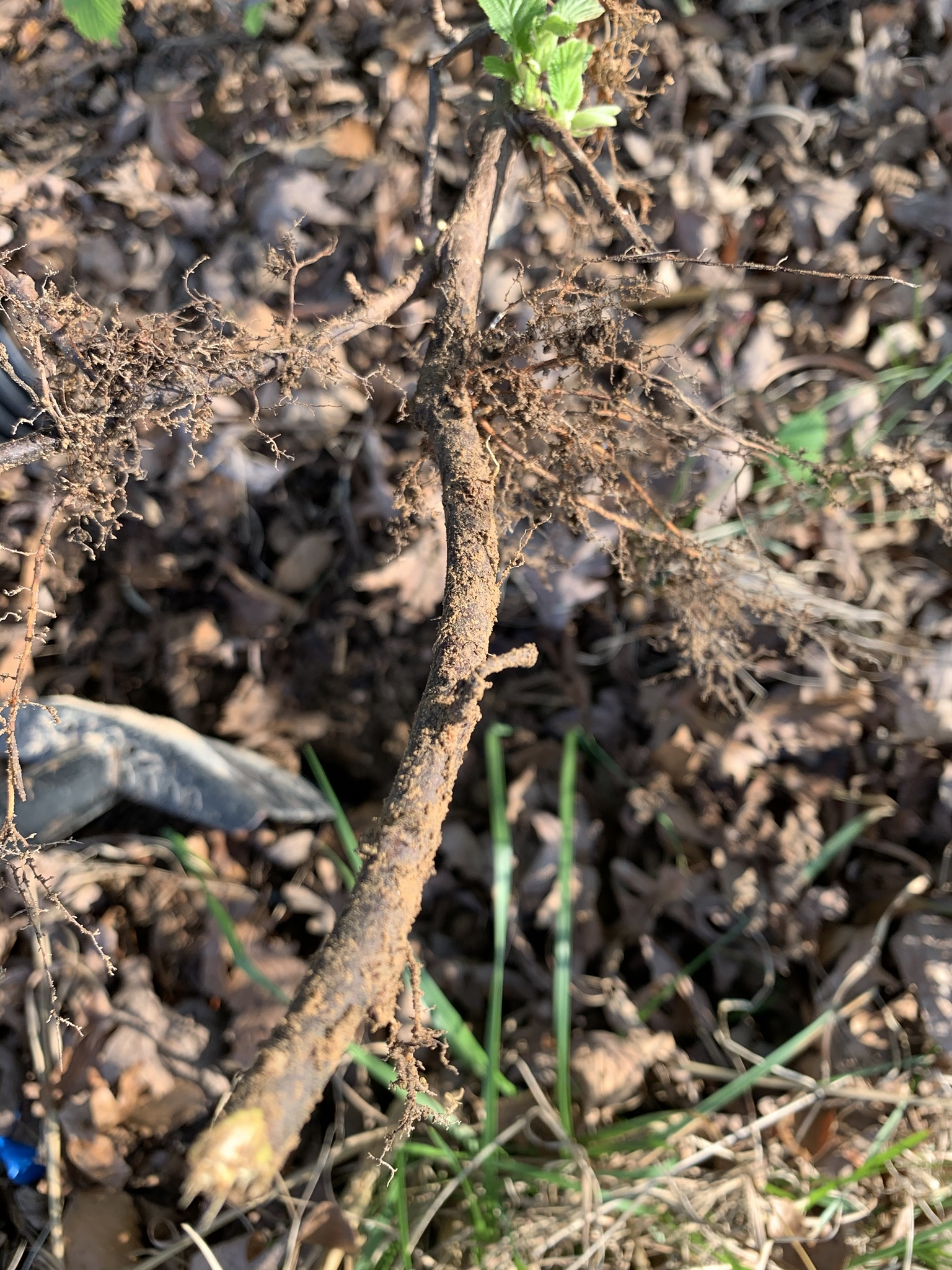
Picture 11 is a Triple Banger!!! Three new bushes being started at the same time from the same bush:
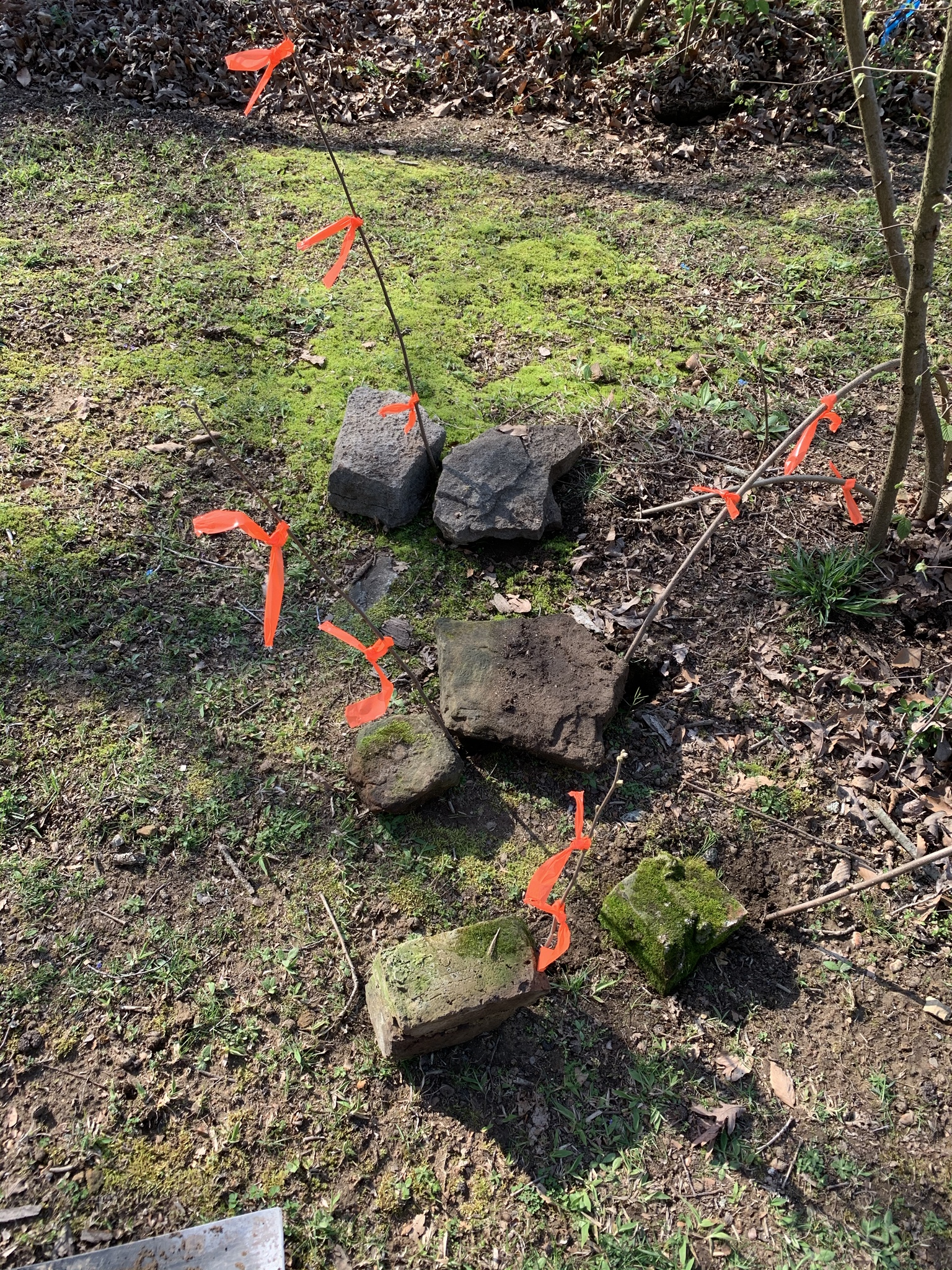
This whole process could probably done much faster than my method, but I prefer to stretch it out over a couple of years. That gives a lot more time for the roots to develop before you do the transplanting. I have a very high success rate with this and once you get started you can do a few every year to keep a constant supply coming.
Best wishes and good luck if you try it.
- You could have an American Hazelnut that is a prolific producer that you want to clone.
- You may want to clone European Hazelnuts that are resistant to the Eastern Filbert Blight. There are many named cultivars that are completely resistant, and to be sure that you get a resistant offspring, there is no better way than cloning. You can buy a few varieties and then eventually spread them all over your place.
Pictures 1 and 2 - First select a long, slender sprout from near the base of the existing bush. With a straight shovel, make a deep slit in the ground out from the bush which the sprout will lay in but leave part of it sticking out of the slit. Make it about 5 inches deep.


Picture 3, 4 and 5 - Bend the sprout down in the slit and cover it with dirt. Set a rock over it to hold it in place. Set another rock in front of it to force it to grow vertically.



Picture 6 shows the finished job with multiple sprouts from the same bush:

I generally do this in the spring, but it could be done at other times. I leave them like this the entire year and the parts of the limbs in the ground starts forming roots. The next year in the spring, I will cut off the feeder limb from the tree and let the sprout survive on the roots it has created. You can also do this as a gradual process by cutting off only part of the feeder limb and then cutting the rest a few months later. I've done it successfully both ways. After the sprout is growing on its own roots, I let it grow another year and then dig it up and transplant it to the new location.
Picture 7 shows a transplanted sprout in a new place in the spring of 2020 that was transplanted in the spring of 2019.

Picture 8 shows a limb coming from the mother bush that has already been buried:

Picture 9 shows tagging. Yamhill is a very popular European Variety that was developed by Oregon State University. OSU is a leader in breeding new varieties and other important factors for the industry. Yamhill is just one of the varieties that I have going that are completely immune to Eastern Filbert Blight. Cloning is important, because seedlings from the mother trees may not be resistant. Planting several varieties for pollination is also important.

Picture 10 shows how a buried limb will eventually create roots:

Picture 11 is a Triple Banger!!! Three new bushes being started at the same time from the same bush:

This whole process could probably done much faster than my method, but I prefer to stretch it out over a couple of years. That gives a lot more time for the roots to develop before you do the transplanting. I have a very high success rate with this and once you get started you can do a few every year to keep a constant supply coming.
Best wishes and good luck if you try it.

